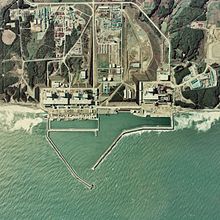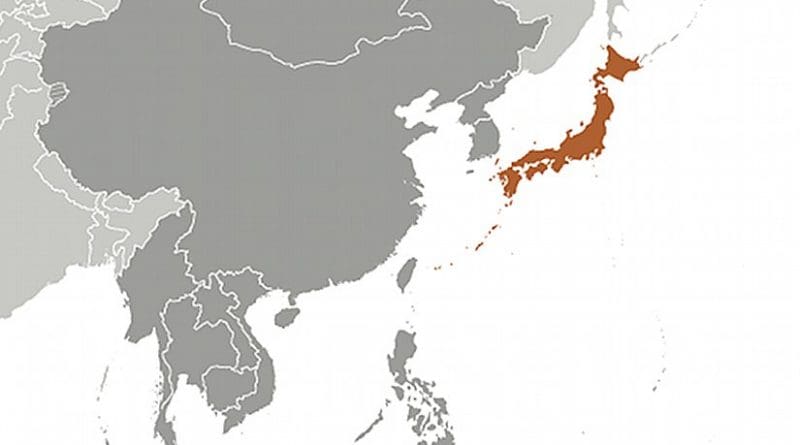Japan: Explosion Rocks Third Fukushima Reactor
Another hydrogen explosion has rocked the Fukushima Daiichi nuclear power plant, this time at the third reactor unit. Initial analysis is that the containment structure remains intact.
The blast that occurred at 11.01am today was much larger than the one seen at unit 1 two days ago. An orange flash came before a large column of brown and grey smoke. A large section of the relatively lightweight roof was seen to fly upwards before landing back on other power plant buildings.

Chief cabinet secretary Yukiyo Edamo appeared on television shortly afterwards to identify the blast was a hydrogen explosion. He said contact had been made with the plant manager whose belief is that the containment structure, important to nuclear safety, remains intact. The rationale for that statement, Edamo said, was that water injection operations have continued and pressure readings from the reactor system remained within a comfortable range.
Pressure readouts from the period after the explosion were within a relatively normal range: 380 kPa at 11.13 and 360 kPa at 11.55am. These compare with comfortable levels yesterday of 250 kPa, reference levels of 400 kPa, and a high of 840 kPa recorded at unit 1 on 12 March.
Radiation readings on site remained low after the blast, albeit elevated from normal operation. In the service hall the reading was 50 microSieverts per hour. At the entrance to the plant the figure was 20 microSieverts per hour.
Cooling and pressure control
Fukushima Daiichi 3 was yesterday the subject of sustained efforts by engineers working to ensure that adequate cooling water was available for decay heat removal. Seawater was being injected into the reactor vessel and pressure had been relieved to comfortable levels.
A statement from Tepco shortly after the blast said that pressure had risen again to 530 kPa by 6.50am. The company determined this was ‘abnormal’ at 7.44am and declared the matter officially to government. It began to gradually relieve the pressure, and carried out a “tentative evacuation” of the site, until it reached a level of 490 kPa at 9.05am.
Researched and written by World Nuclear News

